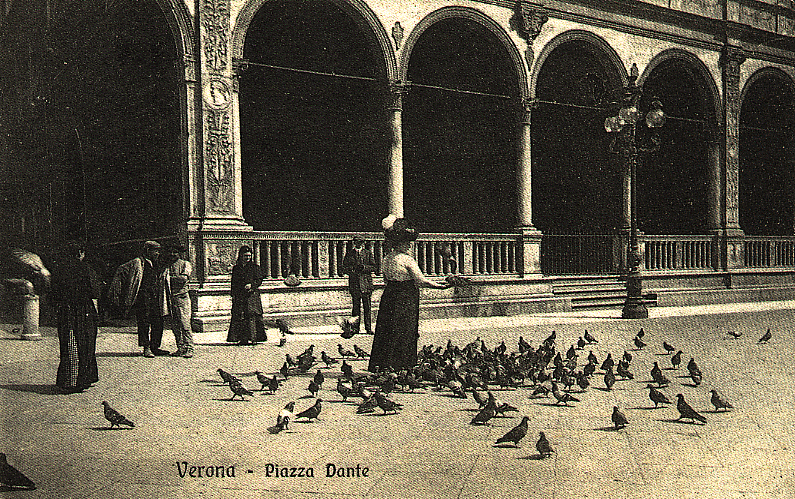I was drawn to this recent novel by its theme—a perilous
journey into Mexico, which as a subgenre of the western in both fiction and
film continues to fascinate me. I already mentioned this a while ago in a
review of The Wonderful Country. As a
theme, it can be traced back at least as far as Stephen Crane, whose story “One
Dash—Horses” (1896) tells of an American adventurer’s scary encounter with
Mexican rurales.
Plot. In this
nerve-jangling novel, the central character is a Yuma Prison inmate, who gets
early release to lead a party of men into Sonora to deliver a ransom. The
ransom is in the form of machine guns and ammunition for a brutal bandit, Chito
Soto, who has taken over a garrison town during the revolution against Porfirio
Díaz. The man is holding a man’s wife and
two children, kidnapped from a train. The year is 1907.
J.T. Latham has been doing time at Yuma for smuggling
consumer goods across the border. He knows the forbidding terrain south of
Nogales from three years as a young captive of Yaqui Indians, who bear a savage
intolerance for both Mexicans and norteamericanos. Capture means almost certain death by gruesome
torture.
 |
| Sonoran desert |
Getting the guns to Chito Soto is confounded by the
high-handed demands of Davenport, the wealthy businessman paying the ransom; an
ill-tempered and distrusting Arizona deputy sheriff; an Irish driver (the novel
involves early motorized transportation); and two viciously untrustworthy
Mexican indios. Latham is joined by an
old friend, Luis Vega, the only man among the lot he can trust not to betray
him.
Tension mounts as Latham and Vega deliver the first gun.
But all well-laid plans soon begin to unravel as the novel spins into a
downward spiral of treachery and sudden death. Before long, the two men are
rescuing the remaining prisoners and making a punishing run for the border,
pursued by Chito Soto’s soldados.
Storytelling style.
While the storyline is not original, Zimmer fills it with so much suspense and
so many surprises that he seems to be inventing the form. One of the least
predictable is the character of Davenport’s wife, Abigail. In the routine hands
of a lesser writer, she would have been sexy and copeless or a weepy, awkward
burden.
Instead, Zimmer makes her bravely fearless and the
possessor of unexpected skills that get Latham and Vega out of more than one
life-threatening predicament. With the introduction of a woman, the novel also
avoids the tempting prospects of steamy romance. Intent on saving their skins
at all costs, they have no time to waste on hints of amorous attraction, so
love does not bloom, not even in the end when safety is reached north of the
border.
 |
| Sonoran desert mountains |
And Zimmer has more than one trick up his own sleeve.
There are cleverly ironic twists in the presentation of the story that nearly
bend it in the direction of literary fiction. Not satisfied with a simple
first-person narrative account of Latham’s adventure, which would have been
finely told all by itself, Zimmer invents for it what can be called a
rhetorical situation.
Latham is supposedly telling his story some 30 years later
to a collector of people’s personal narratives for the Federal Writers Project.
What we are reading is a verbatim transcript, with interruptions caused by a
power outage during the recording and his comments about the recording
equipment. The 1930s feel of the text is heightened by the editorial “bleeping”
of Latham’s coarser language (h---, d---d, and so on).
Passing itself off as a long monologue, the novel also
rambles believably at times, with flashbacks and digressions. Along the way,
there are loose ends, unanswered questions, guesses and speculations, much as
there are in anyone’s recollections of the past. There are also moral
quandaries as Latham wonders aloud years later whether choices he made were
right or wrong. He obviously remains haunted by them. All of which give the
story a tone of credibility.
So do the occasional editor’s notes that appear in the
flow of Latham’s account and the excerpts from historical records providing
background and filling in the gaps in Latham’s knowledge of the Mexican
Revolution and Mexico’s Indian tribes. In the end is a brief obituary for
Latham, revealing a surprising life that began as a young runaway in the
borderlands of the Southwest before the turn of the last century.
.jpg/512px-View_down_the_unpaved_Poplar_Avenue,_Aranguez,_Sonora,_Mexico,_ca.1905-1920_(CHS-1534).jpg) |
| Aranguez, Sonora, Mexico |
Logistics. Unlike
other writers who can lose me at times in the description of an action scene
where the logistics matter, Zimmer expertly sets up the layout beforehand. I
felt I was always seeing it exactly as he was. No confusion about where
anything was in relation to anything else.
An example would be the physical layout of the garrison
town held by Chito Solo. You need a mental map of it to thoroughly enjoy the
daring prisoner rescue and escape. Zimmer has that well in place before the
action begins. And he has done it seamlessly as part of the flow of the
narrative—nothing obviously methodical or deliberate about it.
Weapons. Western
fiction today, much more so than in the formative years of the genre, gives
considerable attention to the make, model, and caliber of weapons carried by
characters. To me, this is a habit akin to name-dropping that seems often little
more than a nod to the gun enthusiasts among readers. As such it often comes
across as window dressing and a distraction that slows the narrative.
Zimmer is the first western writer I’ve read who actually
takes the time to let his narrator explain, for instance, why such details
matter—why one gun is preferable to another in a given situation. And since
situations are not always clear-cut, that moment of calculation adds to the
unpredictability of what lies ahead. I liked that.
Wrapping up. Leaving
Yuma is one heckuva western novel. It is a well-crafted, well-paced,
high-tension adventure by a gifted storyteller. If it were a movie, the
excitement at times would have you under your seat. It is currently available
in hardcover at amazon and Barnes&Noble.
Interview
 |
| Michael Zimmer |
Michael Zimmer has generously agreed to spend some time here
at BITS to talk about Leaving Yuma and
his writing. And so I turn the rest of this page over to him.
The perilous journey into Mexico has been a sub-genre of
western fiction and movies from early on. What drew you to this material?
I don’t have a simple answer for that. I’ve always
been intrigued by transitional periods in history, and certainly the two
decades immediately following the turn of the 20th century were rife with
change. The industrial revolution was in full swing, automobiles were creeping
into places where they had never ventured or been seen before, and war was
becoming even more brutal with the advent of powerful new weapons.
It was a time of immense change, clashing cultures, and
social upheaval, and that was especially true of the U.S./Mexico border. A
fascinating time with a lot going on, and researching a novel is a great way to
learn more about an era or event.
Did the story come to you all at once or was that a more
complex part of the process?
My ideas usually come to me piecemeal. One image that stands
out in my mind, and that was instrumental in this story, was a painting I saw
many years ago of a 19-teens motorcycle pulled up in front of an adobe trading
post. I remember a bedroll and canteen, and there might have even been a rifle
in a scabbard hanging off the side.
Another image I had was from reading about automobiles
capable of carrying up to a dozen passengers taking over the old stagecoach
routes. I also read an article, probably a couple of decades ago, about
smuggling merchandise across the border. Not guns or whiskey, but just common
trade items like bolts of cloth or lanterns or shoes, to avoid paying a tariff.
So I had a lot of scenes like that just floating around in
my mind, along with partial stories that lacked either a beginning or an end,
and what I thought were interesting characters but with no place to put them.
And then out of the blue, it all starts falling into place.















.jpg/512px-View_down_the_unpaved_Poplar_Avenue,_Aranguez,_Sonora,_Mexico,_ca.1905-1920_(CHS-1534).jpg)










